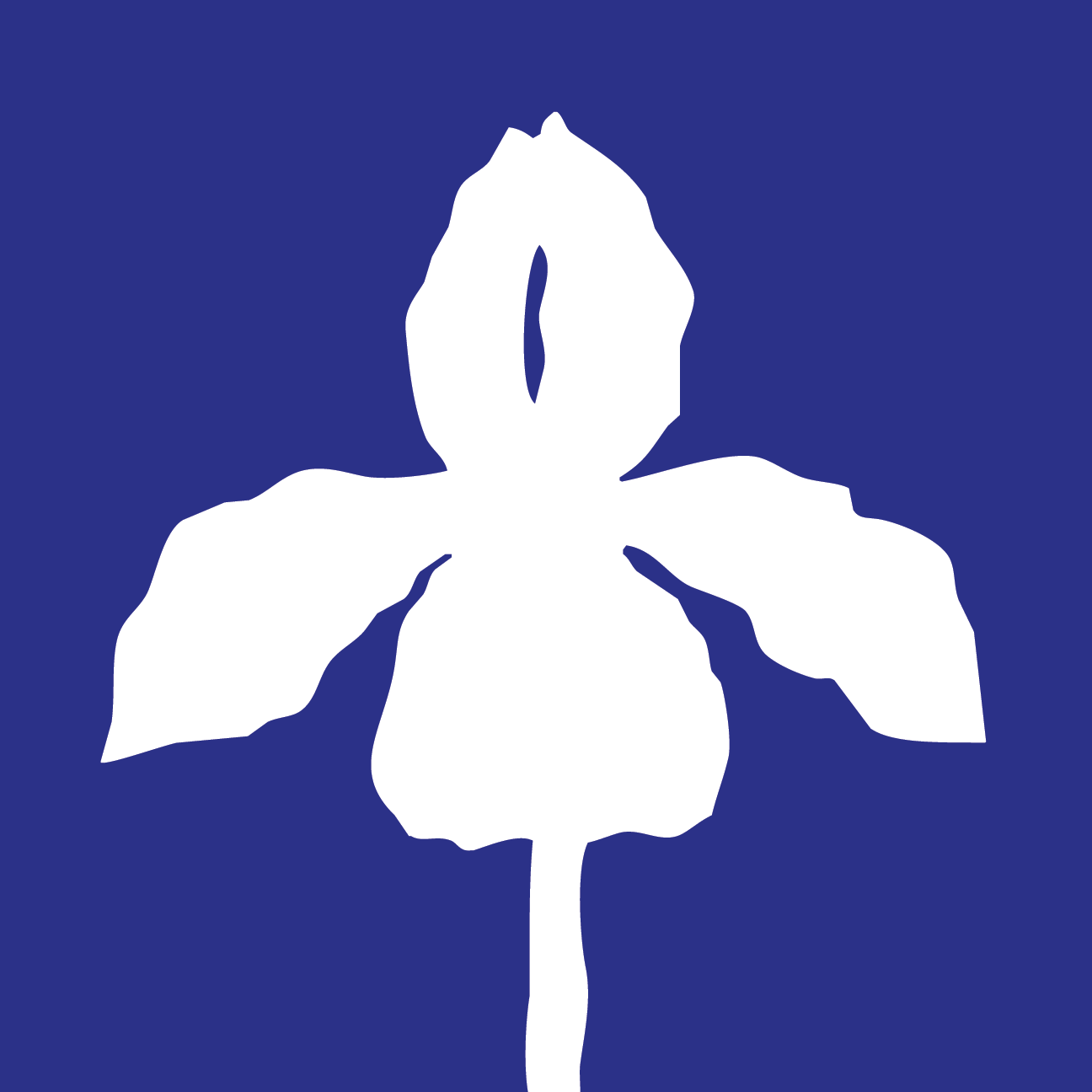“How to Build a Foghorn”
JULY 16 - AUGUST 27, 2016
Presented as Samuel Freeman Gallery on La Cienega Blvd, Los Angeles.

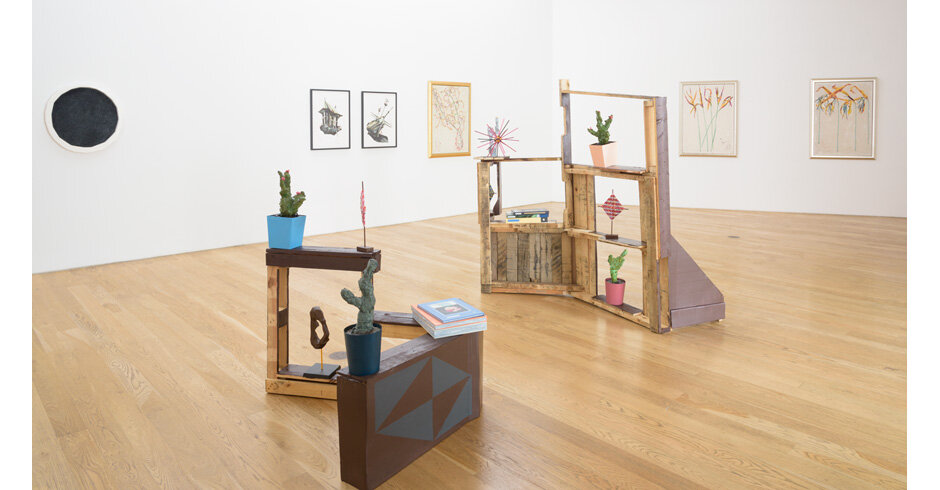
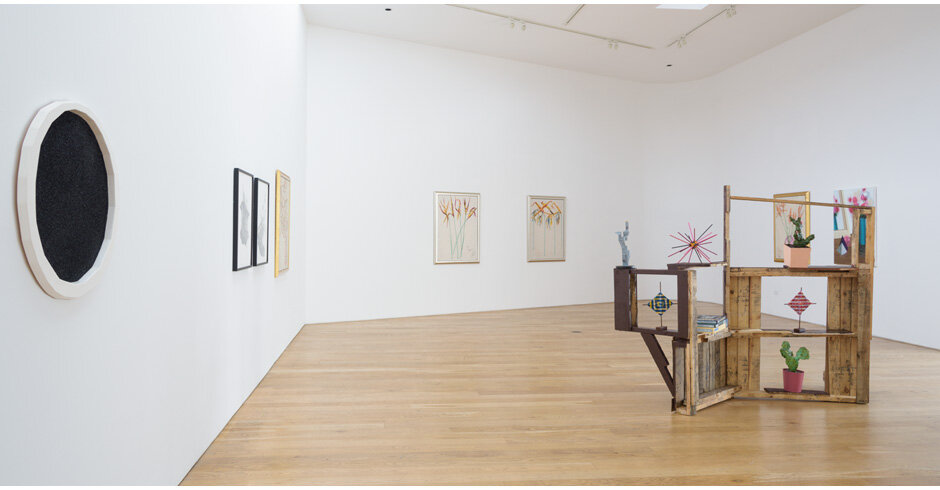

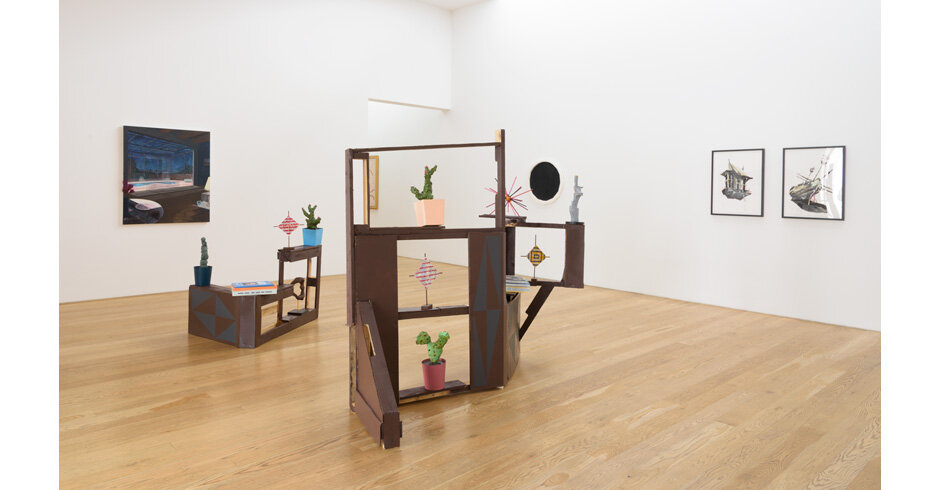
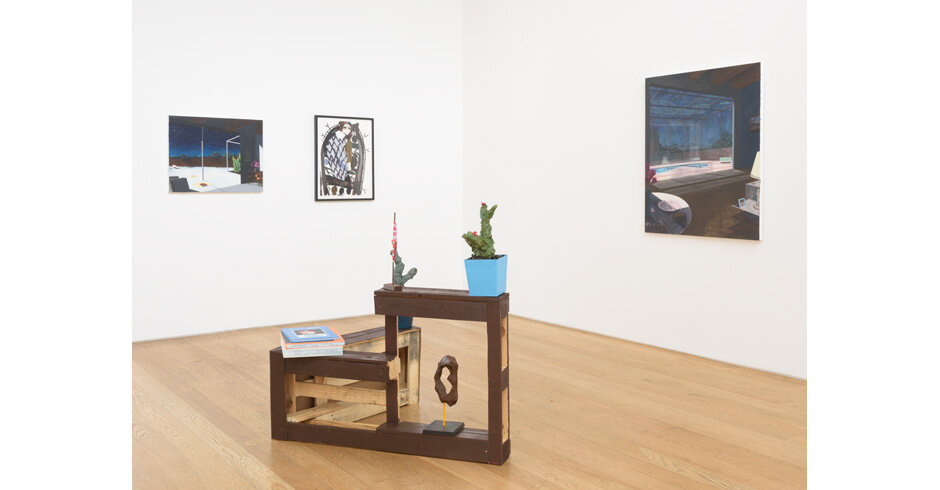
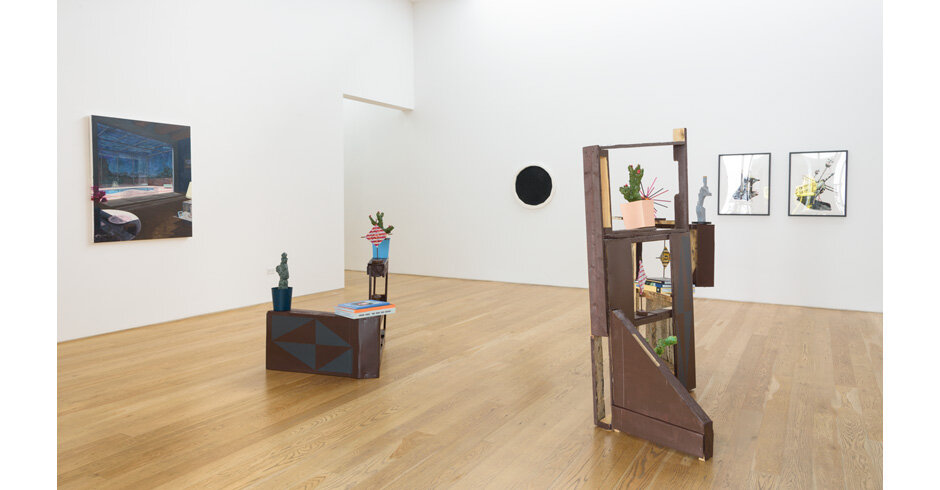
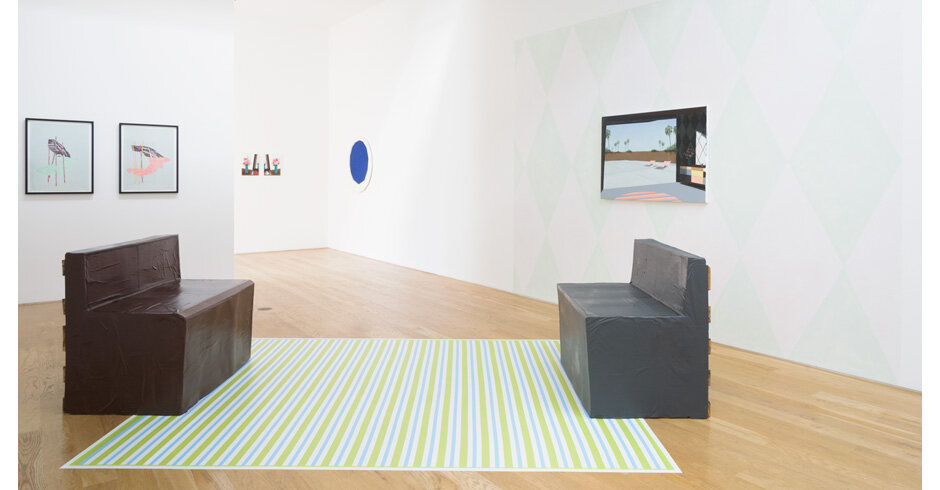

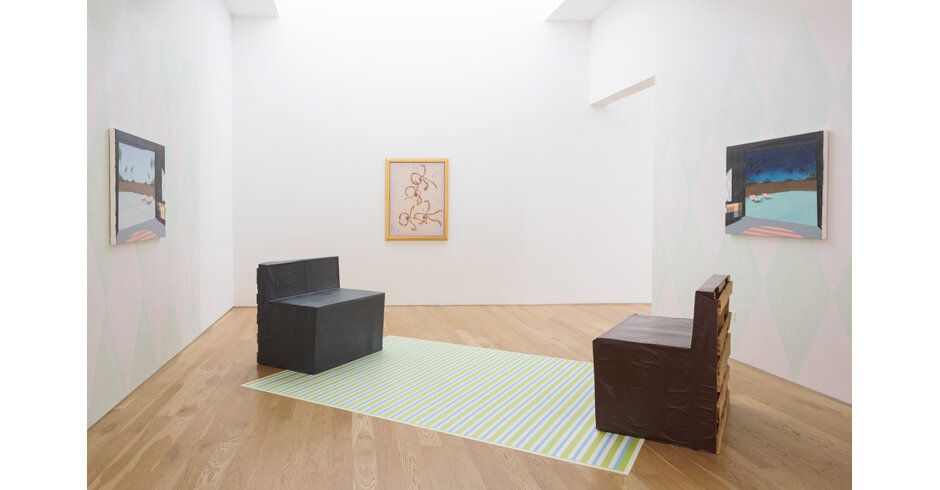
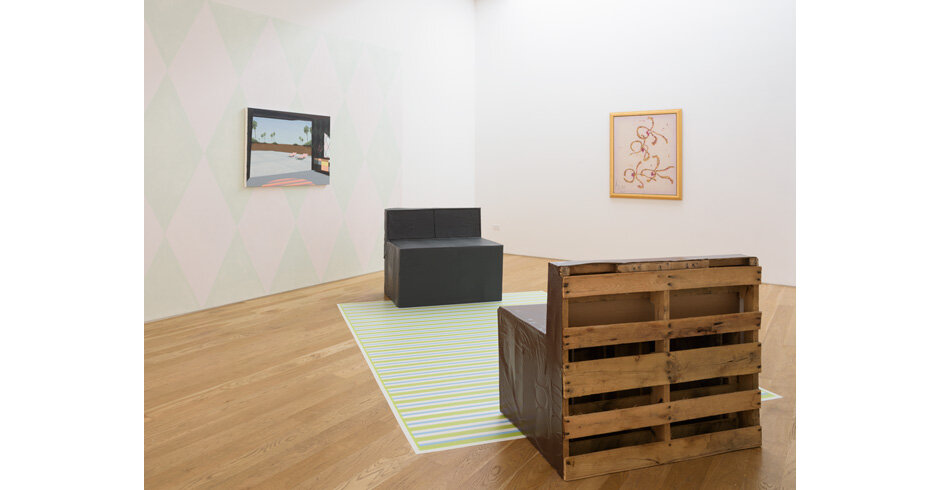

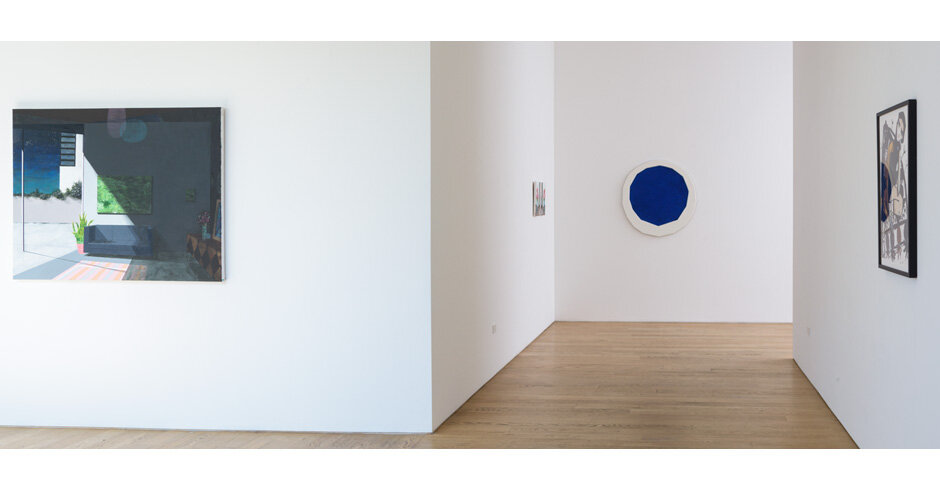
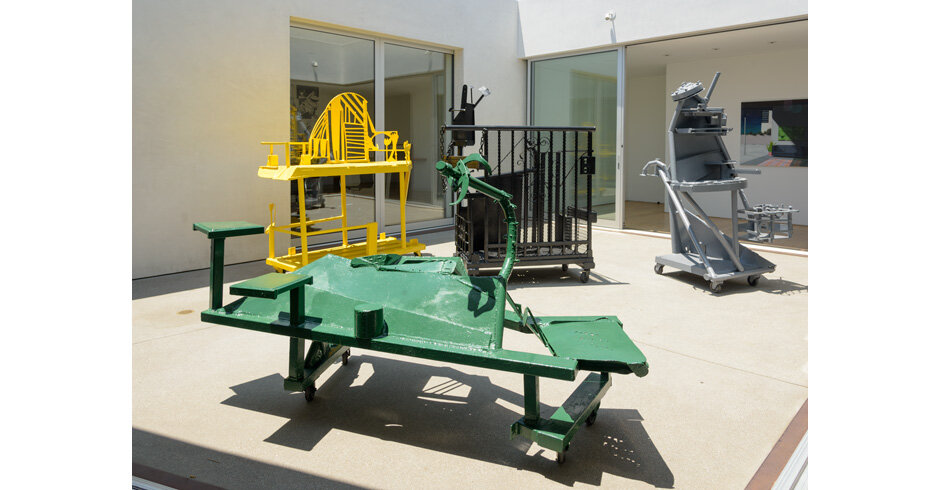
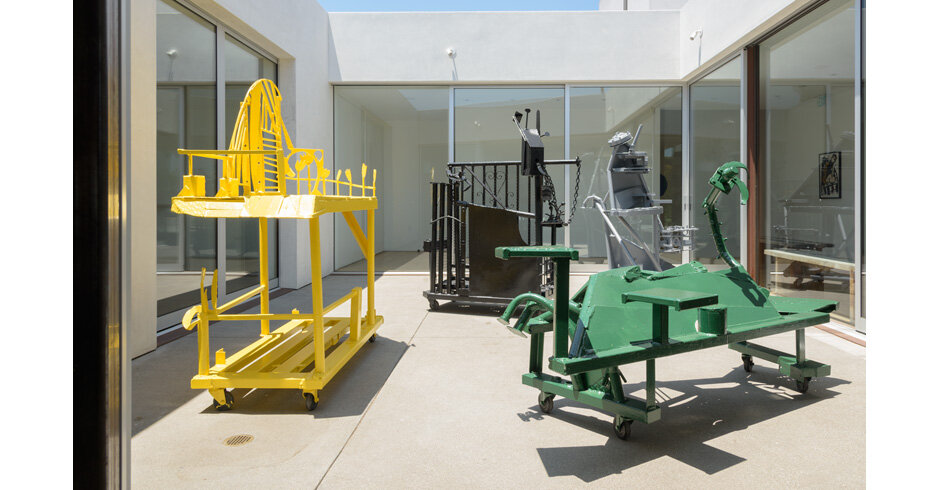
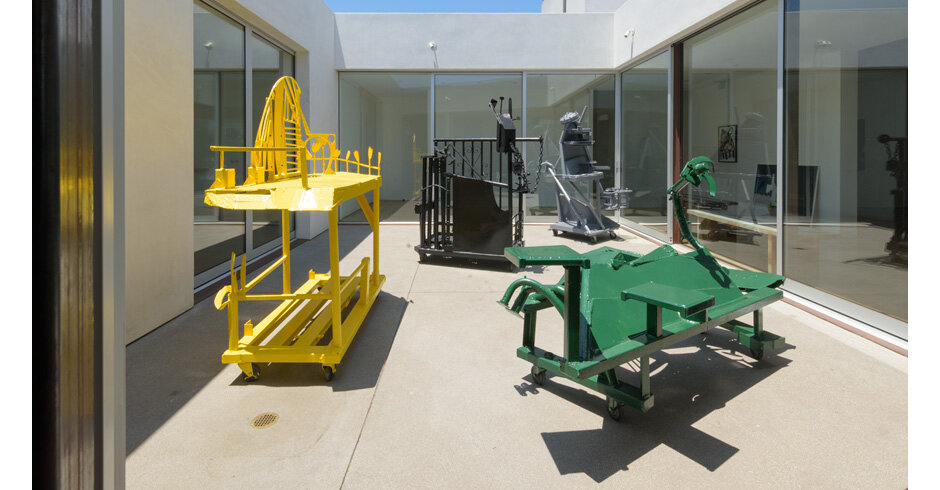
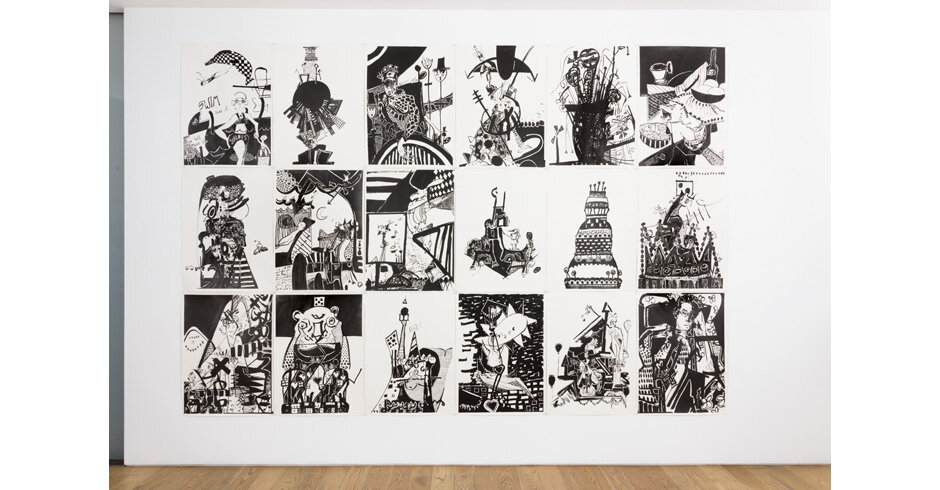
Mie Olise, Erik Parra, Craig Kauffman, Bridget Beck
How to Build a Foghorn
April 11 - May 16, 2015
Samuel Freeman presents How to Build a Foghorn, an exhibition with Mie Olise, Erik Parra, Craig Kauffman, and Bridget Beck. These artists translate the hidden language of the man-made landscape through painting, drawing, printmaking, and sculpture. We navigate our daily passage through a subconscious negotiation where expectations are met constantly and unnoticeably, but when the fog rolls in it creates an ambiguous environment without the normal cues for location or definition. The gathered works in How to Build a Foghorn do not so much warn of impending danger as reveal a different understanding of the reality all around us. Expected constructions shape-shift into novel configurations, ships, tree houses, benches, and structures, while flowers become skyscrapers who have simply forgotten that scale is a matter of perspective.
In her latest series of lithographs, printed at Edition Copenhagen, Mie Olise shifts and rephrases the visual narratives of man-made constructions and disused architectural spaces. The abandoned buildings of the former soviet mining town Pyramiden inspired the visual dialogue found in Olise’s lithographs. Remaking these vacant buildings gives new life to the industrial monuments of a throwaway society, creating space to step inside and activate abandoned treehouses and airborne houseboats. Olise creates a vehicle for the audience to communicate with the forgotten waters of their own imaginations.
Erik Parra’s practice draws on the visual imagery from mid-century aesthetics, classic horror films, and current affairs to pose questions about our sociopolitical narratives and the language surrounding the pictorial constructions of our own environments. Parra states the he, “often works in small series’ of original compositions that conflate my personal history and knowledge with modern historical narratives in order to view important, current social concerns through the lens of history. This serves as an entryway into a process of constructing images that draw on our conception of space and the stories we tell ourselves in order to navigate the environments we build.” Parra’s paintings and sculptural installation will serve as a new lens for the viewer to see and navigate the layered sociopolitical narratives of our built environments. Parra draws attention to the dangers of blindly accepting a manufactured environment produced by the rhetoric of American exceptionalism and consumerism.
In Craig Kauffman’s Number series we see a reflection of the architectural and cultural landscape of Philippines, through the eyes of a fascinated foreigner. As Frank Lloyd argues, “the large-scale paintings—some as tall as ten feet—were made following Kauffman’s first move to the Philippines. A rich landscape and powerful native forms from his new-found home are interwoven with the layers of numbers.” Kauffman uses his traditional style of the broken, skipping line on large silk canvases to transfer the cultural landscape of his “new-found home” into these architectural paintings of Orchids and Birds of Paradise. Kauffman repurposes the familiar tropical imagery to craft and communicate a hybrid language within an alien landscape.
Bridget Beck’s practice consists of large scale sculptural installations and drawings that rely heavily on the connection between site, community, communication and materials. Beck describes her work as a “constant communication with the viewer. This conversation posits drudgery and play in a cosmology of opposites.” Beck will be constructing new sculptures entitled Portland Carts made from the salvaged sections of older discarded works. After the exhibition, Portland Carts will act as crates transporting Beck’s life and studio from Los Angeles to Portland, giving a third life to the original scavenged parts. “Because my work is the journey and the ship, as the traveler I keep asking myself…what is land, what is sky, and what of this voyage is missing?” Beck connects with the imagination of communities, constructing impossible structures that function outside of the confines of functional architecture, guiding communities through a fog of misunderstanding and miscommunication.

